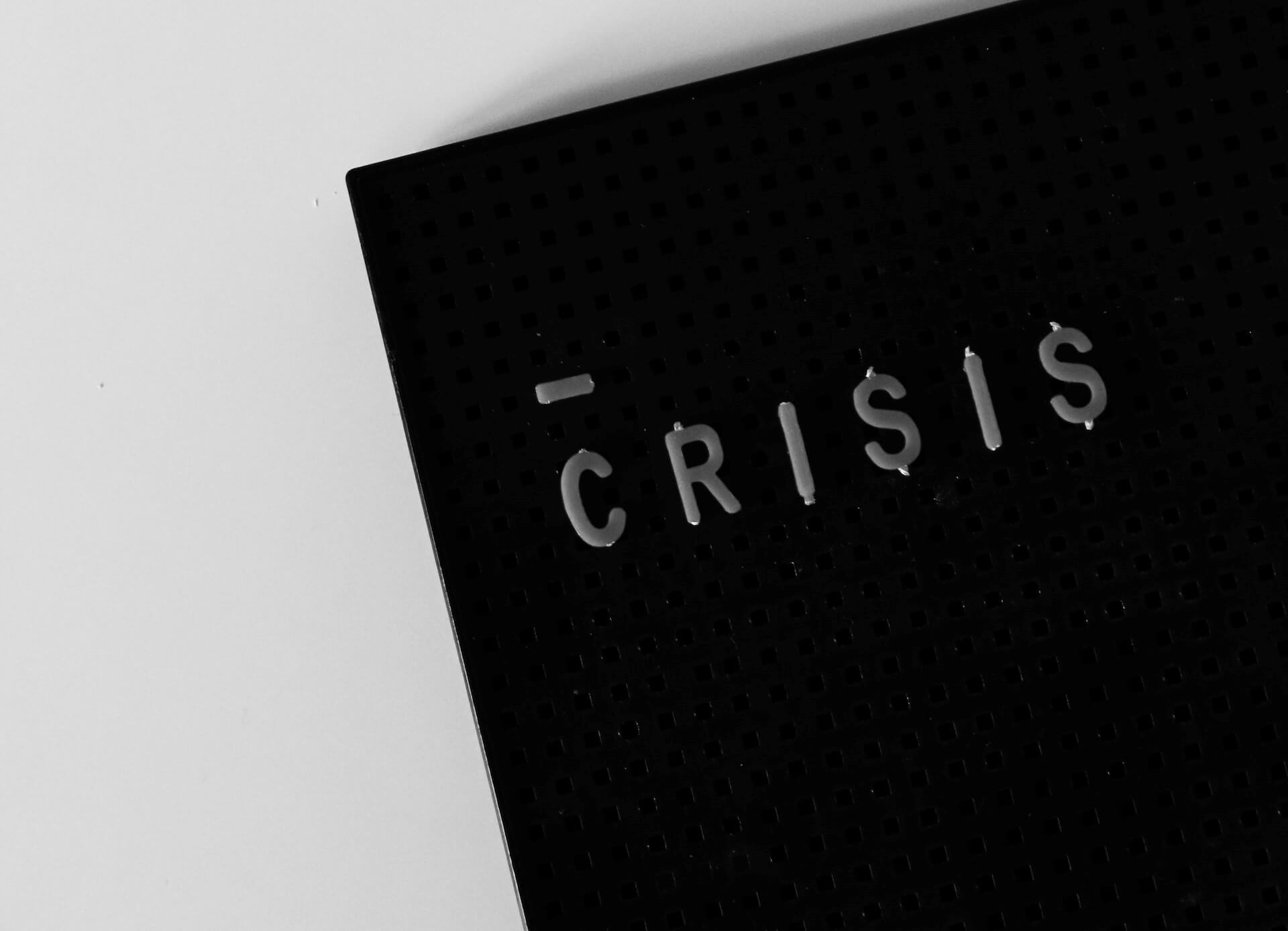Control your story online
As it stands today, crisis management is very much entwined with social media. Whether you like it or not, when trouble hits you’ve got to quickly meet your stakeholders in the places they frequent in order to maintain control of your story, and that means being ready. In an article for business2community.com, David Vap provided some solid tips for getting your organization in position to handle social crises:
- Understand your organization. Review external communication processes, social capabilities, and corporate culture. This is where we recommend scenario planning. Key questions could include: how would we respond if a vocal customer complaint suddenly went viral? How would we respond to a brandjacking attack?
- Create a new social mindset in your organization. The social shift calls for a mindset characterized by transparency, accountability, employee empowerment, and planned spontaneity. Technology is certainly a crucial component of dealing with crisis communication, but preparing processes and practices must come first.
- Know your consumers. Listen to conversations unfolding on the social web about your brand, and respond/employ proactive social support. Also identify your customer advocates on the social web – they will be invaluable in the event of a crisis.
- Form a social crisis team. A successful social strategy must cross the boundaries of department and hierarchy because consumers expect a seamless experience. Build a cross-functional team, including a social media manager, a product owner, and at least one executive sponsor. Draw up a social team charter to clarify roles and responsibilities and create an internal collaboration space for this team.
- Roll out a social crisis communications plan. Develop a playbook with guidelines for the social crisis team. Define an escalation process for potential PR issues. Build feedback into every step so you can adapt. Your plan needs to think through three areas – process and culture (what / who needs to change), technologies and tools (what to use to get there), and key metrics (what to track).
I especially like this list because of step two, “create a new social mindset in your organization.” Far too many businesses create social media accounts and install fancy managing programs but neglect proper training and education, not only stifling possible gains but also creating the risk of improper use, which raises the chance of crisis even further.
——————————-
For more resources, see the Free Management Library topic: Crisis Management
——————————-
[Jonathan Bernstein is president of Bernstein Crisis Management, Inc. , an international crisis management consultancy, and author of Keeping the Wolves at Bay – Media Training.]










